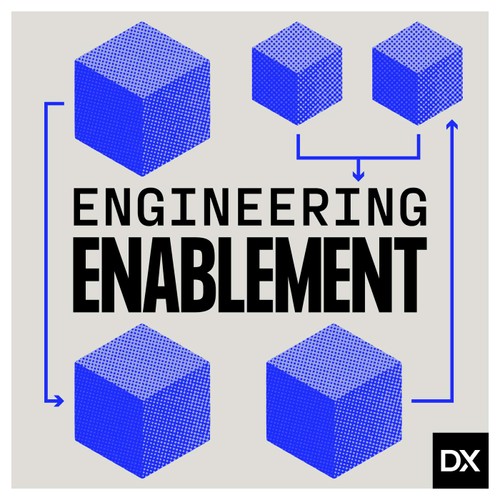
 Engineering Enablement by DX
Engineering Enablement by DX A deep-dive on real-time feedback and personalized surveys | Max Kanat-Alexander, Or Michael Berlowitz (LinkedIn)
11 snips
Nov 30, 2022 Max Kanat-Alexander and Or Michael Berlowitz discuss gathering real-time and periodic feedback from developers. They cover listening channels, volume metrics, building surveys, handling results, and the real-time feedback tool. They share experiences, advice, and insights on implementing this approach for developer engagement.
Chapters
Transcript
Episode notes
1 2 3 4 5 6
Introduction
00:00 • 2min
Optimizing Developer Engagement through Real-Time Feedback and Periodic Surveys
01:44 • 14min
Discussing Developer Personas and Survey Analysis Delegation
15:48 • 2min
Importance of Persona-Centric Feedback Analysis and Advocacy
17:23 • 2min
Optimizing Planning Through Real-Time Feedback Integration
19:49 • 22min
Strategies for Feedback Collection and Insight Improvement
42:10 • 4min

